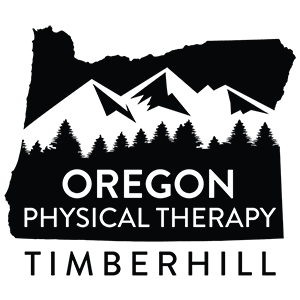

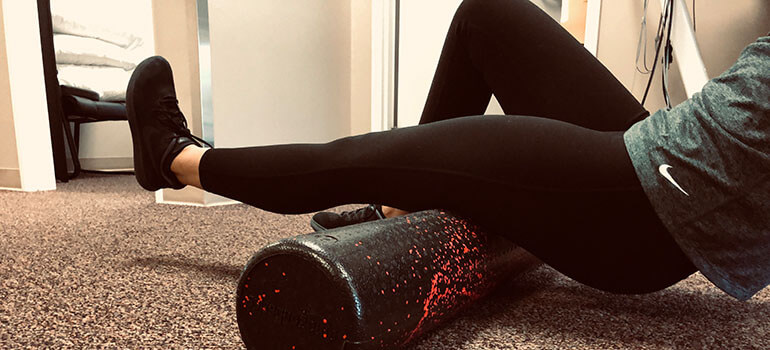
our Services
At Oregon Physical Therapy we see the value in educating our community about who can benefit from the wide range of Physical Therapy Services we offer patients. Not only do we work with individuals rehabilitating from serious injuries or debilitating chronic conditions, we also help people utilize the therapeutic benefits of exercise to increase their quality of life. With access on site to over 65,000 sq. ft. of gym equipment and two salt water therapy pools, our experienced physical therapists will walk you through a custom exercise program to help you reach your goals. Many of our patients become first-time gym members, continuing their care independently on the same equipment their therapist introduced.
If you have been wanting to improve your range of motion and mobility, or to begin a healthier active life style to try and combat any aches and pains, then come and see us. We can help you take the first steps to hit the gym and make positive changes in your life.
TREATMENT FOCUS
- Pre & Post-surgical rehabilitation
- Total joint replacements
- Shoulder, elbow, and wrist sprains and strains
- Hip, knee and ankle sprains and strains
- Bursitis & tendonitis (all joints)
- Osteoporosis
- Arthritis and osteoarthritis
- Muscle strains and sprains
- Back pain
- Spinal conditions, including degenerative disc disease, stenosis, and spinal surgery
- Gait issues
- Fibromyalgia
- Balance issues
- Youth & adult sports injuries
- Motor vehicle accident
- Work injuries
- Hypermobility
- Multiple sclerosis
- Autoimmune Diseases
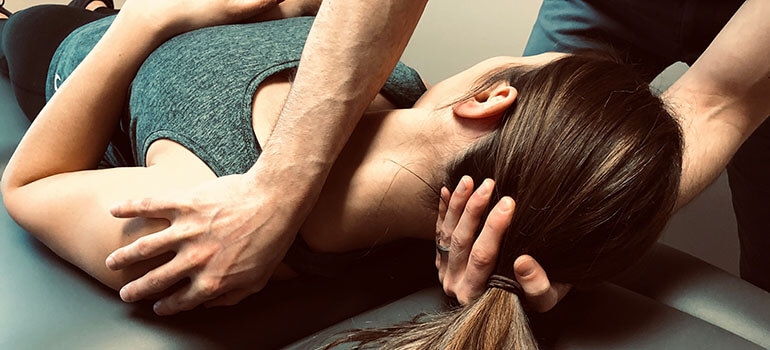
MANUAL THERAPY
Manual therapy techniques are skilled hand movements and skilled passive movements of joints and soft tissue and are intended to improve tissue extensibility; increase range of motion; induce relaxation; mobilize or manipulate soft tissue and joints; modulate pain; and reduce soft tissue swelling, inflammation, or restriction.
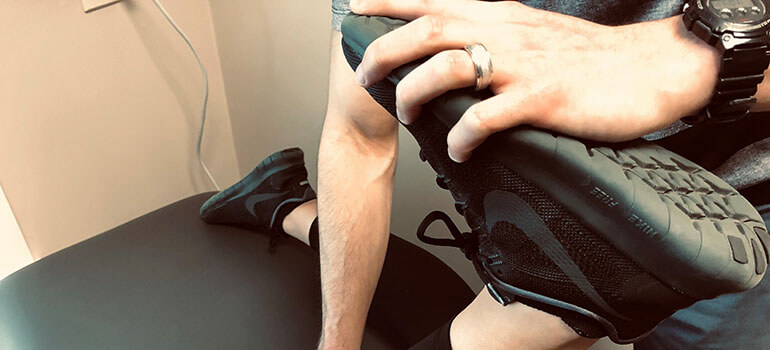
MUSCLE ENERGY
Muscle Energy Technique (MET) is a manual therapy that uses the gentle muscle contractions of the patient to relax and lengthen muscles and normalize joint motion.

STRAIN COUNTERSTRAIN
Strain Counterstrain is a manual therapy technique, meaning the clinician uses only their hands, to treat muscle and joint pain and dysfunction. It uses passive body positioning of spasmed muscles and dysfunctional joints toward positions of comfort or tissue ease that compress or shorten the offending structure.
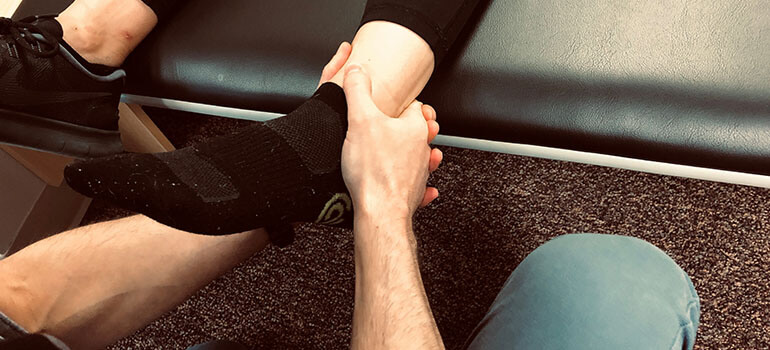
MULLIGAN MANUAL THERAPY
Mobilization with movement is a manual therapy approach utilized by health care practitioners specializing in the care of patients with musculoskeletal pain. Physical therapists trained in the Mulligan Concept can assist individuals in improving movement restrictions, pain with movement, and functional restrictions. Mulligan practitioners seek to improve patient’s movement with the application of pain free hands on techniques. Both the clinician and the patient can quickly assess the value of this approach. If the technique(s) are indicated an immediate improvement in pain and movement will be observed.
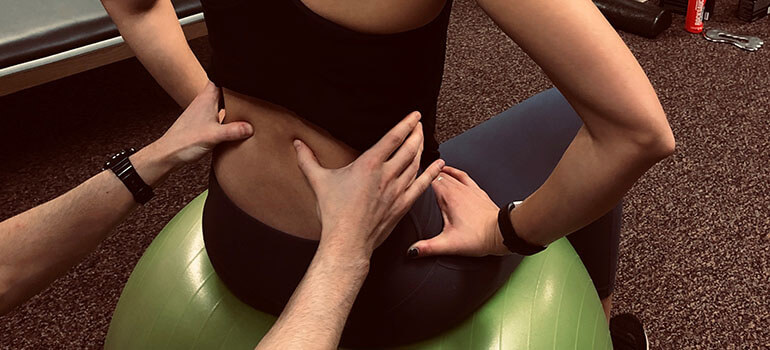
MCKENZIE METHOD
The McKenzie Method also referred to as Mechanical Diagnosis and Therapy is a method of assessing and treating spinal back pain and related extremity pain most commonly through the use of specific repeated movements and appropriate prevention measures. The method puts an emphasis on self-care after initial clinical visits. There are four major steps when it comes to proper McKenzie method therapy: assessment, classification, treatment, and prevention.
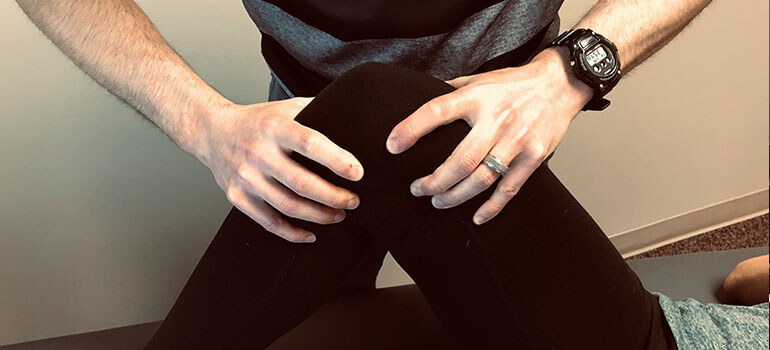
JOINT MOBILIZATION
Joint mobilization is the careful use of skilled graded forces to move a joint in a desired direction. Unlike stretching of a muscle joint mobilization is specific to the capsule of the joint itself. Gliding of the joint is usually used to improve motion and normalize joint function. Joint mobilization also has the added benefit of controlling pain.
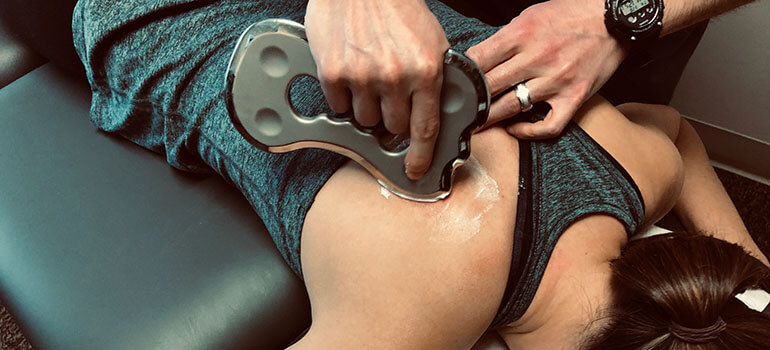
IASTM
(Instrument Assisted Soft Tissue Mobility)
Astym® treatment is a therapy that regenerates healthy soft tissues (muscles, tendons, etc.), and eliminates or reduces unwanted scar tissue that may be causing pain or movement restrictions. Astym® treatment is highly effective and even works when other approaches routinely fail.
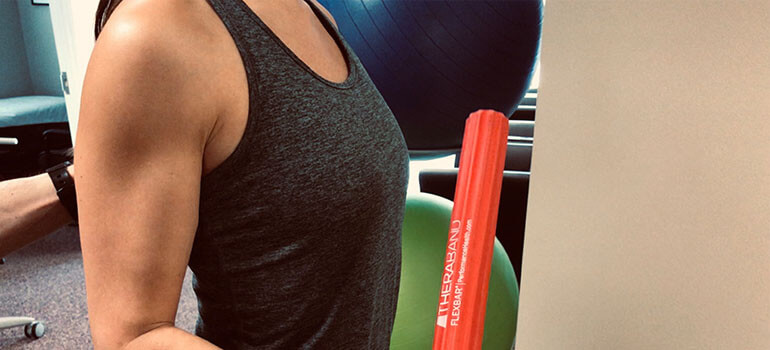
THERAPEUTIC EXERCISE
Therapeutic exercise is the systematic and planned performance of body movements or exercises which aims to improve and restore physical function. Exercise is defined as “activity that is performed or practiced to develop or improve a specific function or skill to develop and maintain physical fitness.
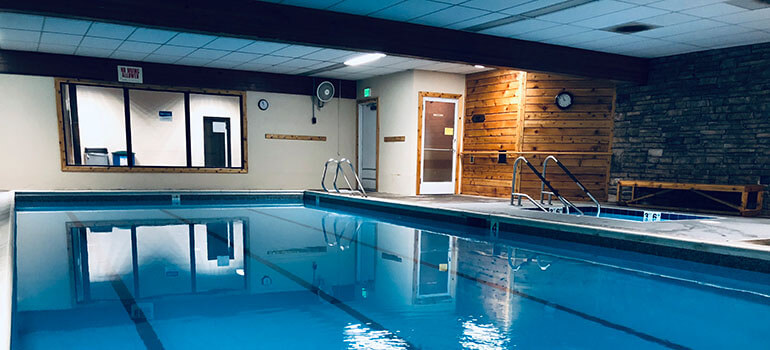
AQUATIC/POOL THERAPY
Aquatic Physical Therapy is the scientific practice of physical therapy in an aquatic environment by physical therapists and physical therapists assistants. Aquatic Physical Therapy includes but is not limited to treatment, rehabilitation, prevention, health, wellness and fitness of patient/client populations in an aquatic environment. The unique properties of the aquatic environment enhance treatments for patients/clients across the age span with musculoskeletal, neuromuscular, cardiovascular/pulmonary, and integumentary (skin) diseases, disorders, or conditions.
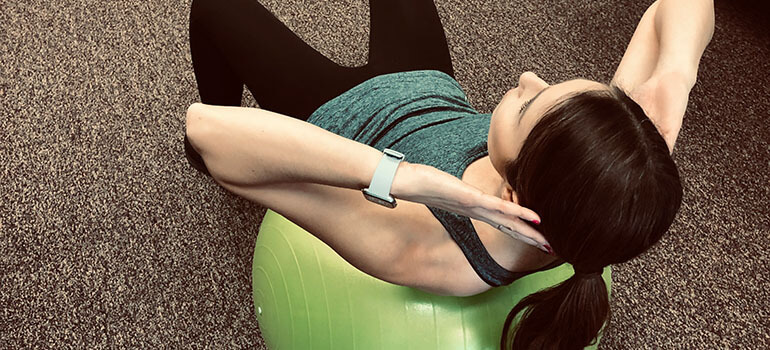
THERAPY BALL
The therapy ball provides numerous benefits that range anywhere from rehabilitating back, hip, and knee injuries to delivering a powerful workout to improve core stability, posture, and muscle balance.

FOAM ROLLER
Foam rollers are often a valuable piece of equipment in an exercise or rehabilitation program. Rollers can be used for many different purposes and can have positive effects not only on many different ailments but also on improving sports performance.
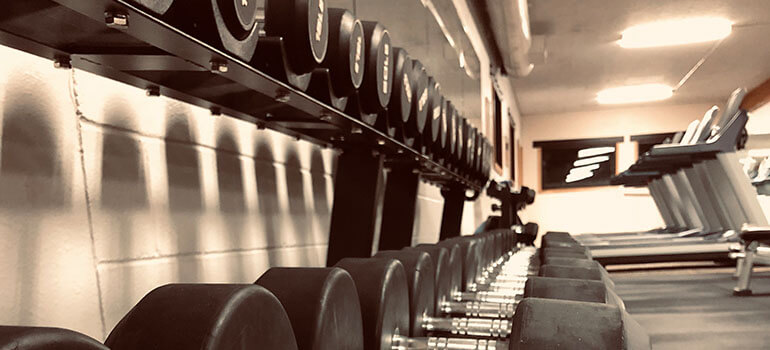
HOME EXERCISE PROGRAMS
Providing a home exercise program (HEP) to patients is one of the most fundamental and important aspects of physical therapy. Research has shown that patients who adhere to their prescribed exercises are significantly better at achieving their goals and demonstrate a greater increase in physical function.
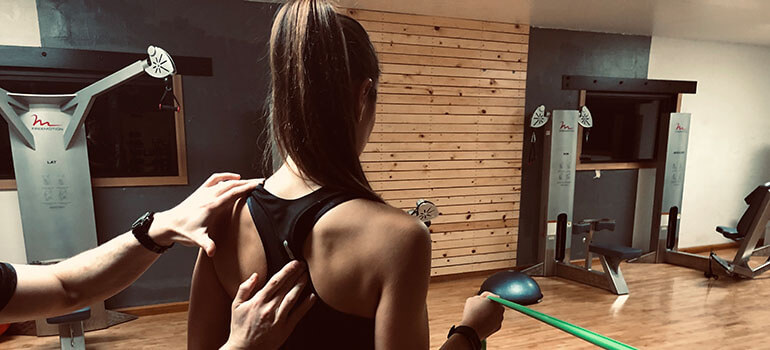
FUNCTIONAL EXERCISE
Functional fitness exercises train your muscles to work together and prepare them for daily tasks by simulating common movements you might do at home, at work or in sports. While using various muscles in the upper and lower body at the same time, functional fitness exercises also emphasize core stability.
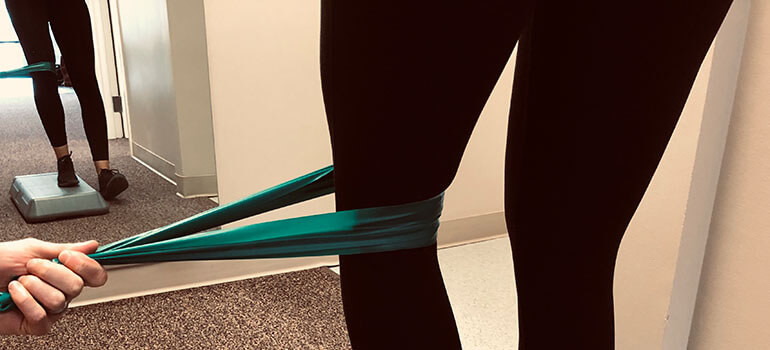
STEPS
Step therapy uses close chain strengthening exercises to increase core stability and lower body performance.
